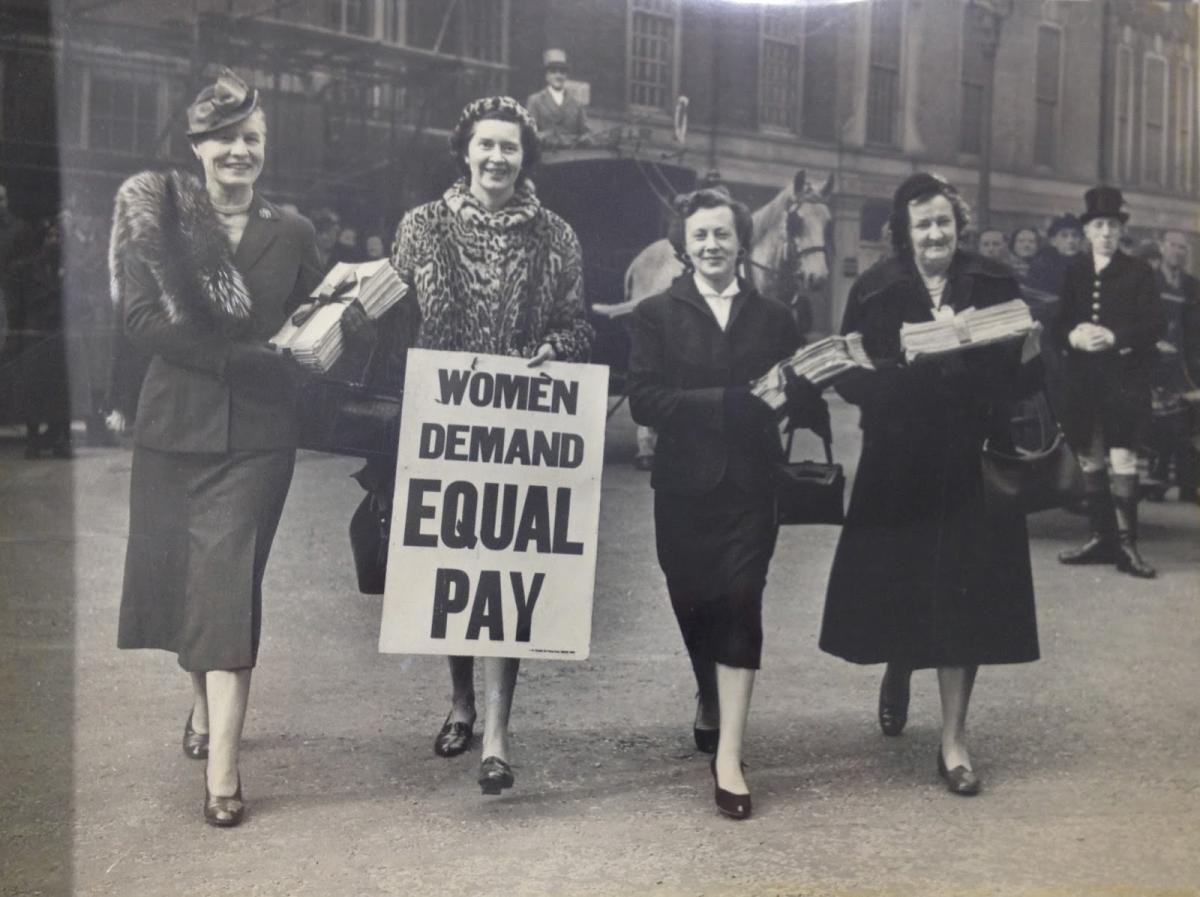A worrisome figure that has emerged from World Economic Forum’s (WEF) report estimates that the global gap between the earnings of men and women will not be closed for another 170 years, providing current trends continue to exist.

Representational picture. Image credit: Behind the Door of 104
The Swiss forum based out of Geneva has published its Global Gender Gap report for the year 2016, which analyses Gender Gap Index (GGI) of 144 countries from around the world. The GGI calculated by WEF takes into consideration four key areas to calculate relative gaps between women and men: health, education, economy and politics.
While the report cites some improvement in the rest of the areas, the most challenging gender gaps remain in the economic sphere. It states, “At the current rate of change, and given the widening economic gender gap since last year, it will not be closed for another 170 years. The economic gender gap this year has reverted back to where it stood in 2008, after a peak in 2013.”
On average, the 144 countries covered in the report have closed 96% of the gap in health outcomes between women and men, unchanged since last year, and more than 95% of the gap in educational attainment, an improvement of almost one full percentage point since last year and the highest value ever measured by the Index. However, the gaps between women and men on economic participation and political empowerment remain wide. Only 59% of the economic participation gap has been closed—a continued reversal on several years of progress and the lowest value measured by the Index since 2008—and about 23% of the political gap, continuing a trend of slow but steady improvement.
Estimating years to close gender gaps in other areas, it says, “The currently widest gender gap, in the political dimension, is also the one exhibiting the most progress, narrowing by 9% since 2006. On current trends, it could be closed within 82 years. The time to close the health gender gap remains undefined. Formally the smallest gap, it has oscillated in size with a general downward trend. Today, the gap is larger than it stood in 2006, in part due to specific issues in select countries, in particular China and India.”
India has moved up to rank 87 out of 144 countries on the GGI ranking list from last year’s 108 out of 145 countries. Its GGI is 0.683 – up from last year’s 0.664. The increase in the GGI indicates closing of the gender gap in the respective country as far as the mentioned key areas are considered.
Pakistan is ranked second last in the list with a GGI of 0.516 – better than only Yemen, whose performance, according to the report, is worst in closing the gender gap in the country. Bangladesh tops the list among the South Asian countries with a rank of 72, while China ranks 99, Nepal 101, Bhutan 121 and Sri Lanka 100 on the list by WEF.
Four Nordic countries – Iceland, Finland, Norway, and Sweden have topped the list with GGIs higher than 0.8. No country has fully closed its overall gender gap, but those in the top five, which also includes Rwanda, have closed more than 80 percent of theirs.
However, the report forecasts fastest closing of the gender gaps in South Asia with a projected period of 46 years, as opposed to 61 years for Western Europe, 72 years for Latin America and 79 years for Sub-Saharan Africa.